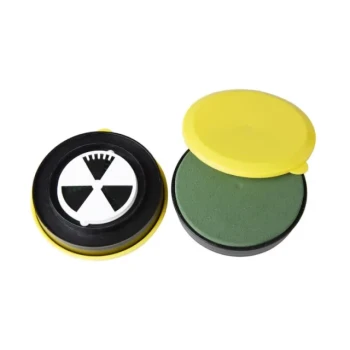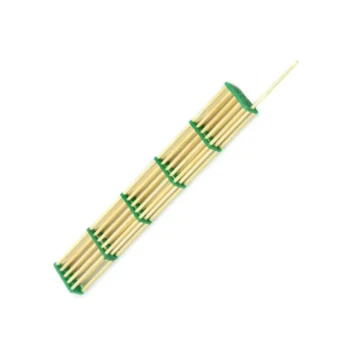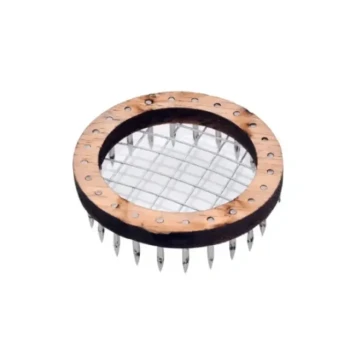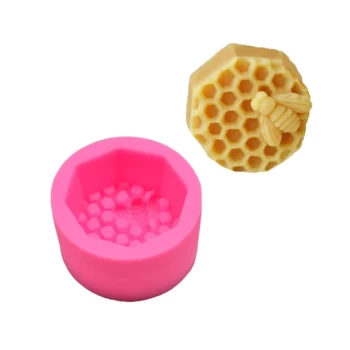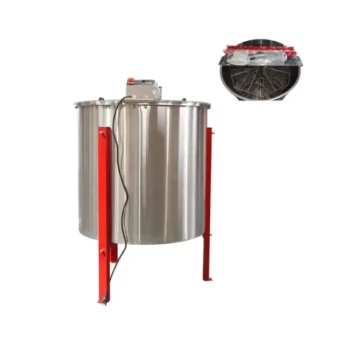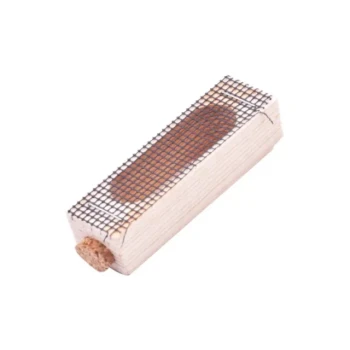When oxalic acid is applied with capped brood present, its effectiveness is severely limited. The treatment only kills a small percentage of Varroa mites—those physically on adult bees—while leaving the vast majority of the mite population unharmed and reproducing within the sealed brood cells. This results in a temporary dip in mite numbers, but the core infestation remains untouched.
The central challenge is that oxalic acid is a contact miticide that cannot penetrate the wax cappings of brood cells. Therefore, its effectiveness is entirely dependent on the hive's brood cycle, making a single treatment on a brood-right colony largely insufficient.

The Core Limitation: Why Oxalic Acid Fails with Brood
To understand why oxalic acid is ineffective with capped brood, you must understand the two distinct phases of the Varroa mite's life.
The Phoretic Phase
Phoretic mites are those found on the bodies of adult bees. They are in a transport or "hitchhiking" stage, feeding on the bee's fat bodies while they move through the hive.
Oxalic acid, whether applied as a vapor or a dribble, is only effective against mites in this exposed, phoretic phase. The treatment makes direct contact with these mites, leading to their death.
The Reproductive Phase
The majority of a hive's Varroa mite population at any given time is in the reproductive phase. This occurs exclusively inside capped worker and drone brood cells.
A female mite enters a cell just before it is capped, lays her eggs, and her offspring mature and mate within the sealed cell.
The Protective Wax Capping
The wax capping that seals the brood cell acts as a physical barrier. It effectively shields the reproducing mites from the external hive environment.
Because oxalic acid cannot penetrate this wax seal, it has zero effect on the mites developing inside. These mites will emerge unharmed along with the new bee, ready to infest other bees and begin the cycle again.
Inefficiency of a Single Treatment in a Brood-Right Hive
Applying a single dose of oxalic acid to a colony with a significant amount of capped brood is a common but misguided practice.
What One Treatment Achieves
A single treatment will kill a portion of the phoretic mites, which may be as low as 15-20% of the total mite population. You will see a "mite drop" on your bottom board, which can create a false sense of security.
However, this does not address the reproductive engine of the infestation. The vast majority of mites remain safe in the brood, poised to emerge and quickly replace the mites that were killed.
The Strategic Solution: Repeated Applications
To overcome this limitation in a brood-right colony, a series of treatments is required. The goal is to apply oxalic acid at set intervals to kill waves of mites as they emerge with hatching bees.
This strategy involves treating the colony approximately every 5-7 days for a total of 3-4 applications. This timing is designed to catch mites after they emerge but before they have a chance to re-enter new brood cells to reproduce.
Understanding the Trade-offs
While the repeated treatment method can work, it comes with significant considerations that make it a less-than-ideal approach.
Increased Labor and Colony Stress
Conducting 3-4 treatments over several weeks is labor-intensive for the beekeeper. Each hive opening and application also introduces stress to the colony.
The Superiority of Broodless Treatment
The most effective use of oxalic acid is a single treatment during a broodless period. This occurs naturally in late fall or winter in colder climates, or can be induced by the beekeeper (e.g., caging the queen).
In a broodless state, all mites are in the phoretic phase on adult bees. A single, well-timed oxalic acid treatment can achieve over 95% efficacy, decisively knocking back the mite population with minimal intervention.
Risk of Incomplete Coverage
The repeated treatment method relies on precise timing. If intervals are missed or the treatment cycle is cut short, mites will successfully re-enter brood cells, undermining the entire effort.
Making the Right Choice for Your Goal
Your strategy for using oxalic acid should be dictated by your colony's condition and your management goals.
- If your primary focus is maximum efficacy: Use a single oxalic acid treatment only when the colony is confirmed to be broodless.
- If you must treat a brood-right colony: Commit to a full series of 3-4 repeated treatments spaced 5-7 days apart to target mites as they emerge from cells.
- If your goal is long-term mite management: Integrate oxalic acid as a tool best used during brood breaks, and rely on other miticides (like formic acid or thymol-based products) that can penetrate brood cappings during the main season.
Understanding the relationship between oxalic acid and the Varroa mite's life cycle is the key to using this tool effectively and protecting your colonies.
Summary Table:
| Situation | Oxalic Acid Efficacy | Key Reason |
|---|---|---|
| With Capped Brood Present | Low (15-20% mite kill) | Cannot penetrate wax cappings to reach reproducing mites. |
| During a Broodless Period | High (>95% mite kill) | All mites are exposed on adult bees. |
Need a reliable strategy for Varroa mite control?
At HONESTBEE, we supply commercial apiaries and beekeeping equipment distributors with the tools and knowledge for effective hive management. Let us help you protect your investment with the right equipment and strategic advice.
Contact our experts today to discuss wholesale solutions for your operation.
Visual Guide
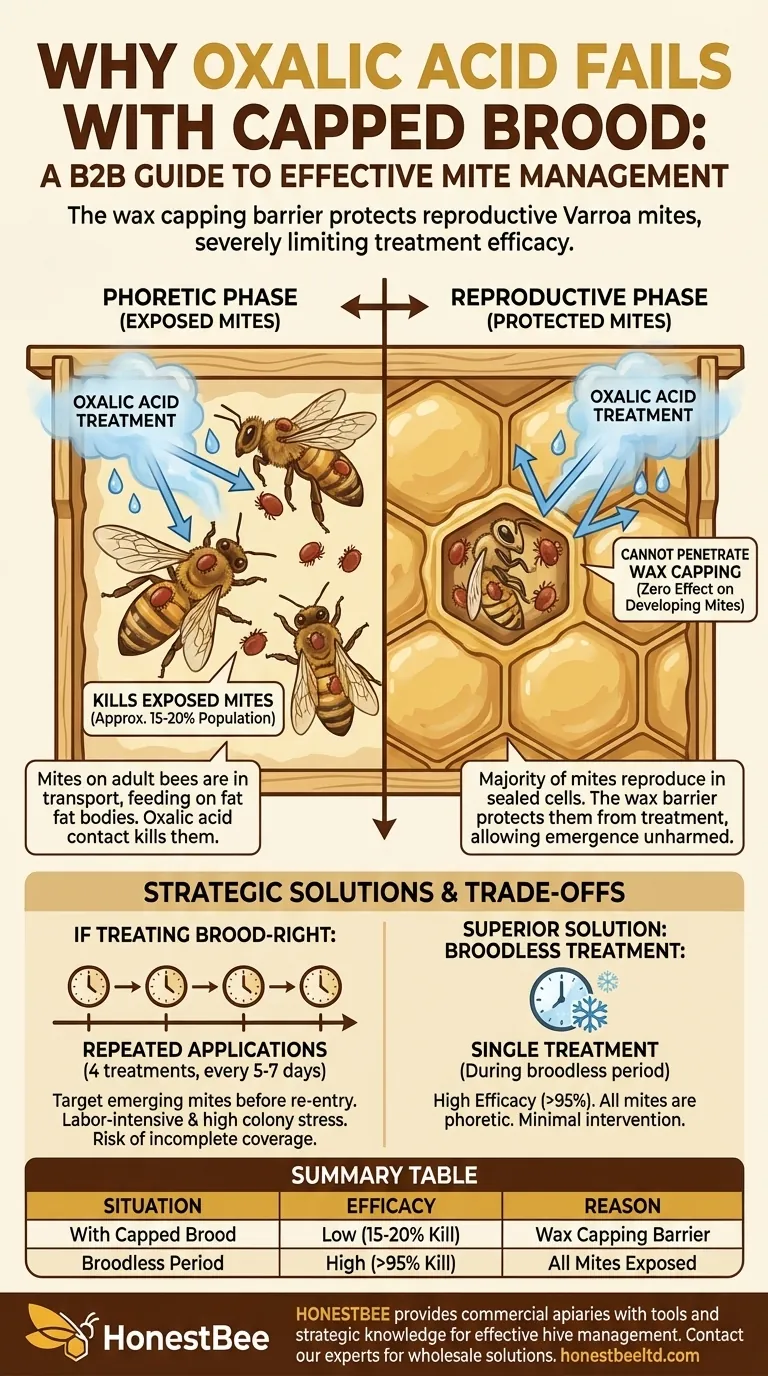
Related Products
- Adjustable Formic and Acetic Acid Dispenser for Bee Mite Treatment
- Professional Bamboo Queen Isolation Cage
- Black Plastic Beetle Barn Hive Beetle Trap for Beehives
- Wood and Mesh Push-In Queen Cage
- Reusable Clear Small Hive Beetle Traps for Beehives Beetle Trapping Tools
People Also Ask
- How can beekeepers ensure their hives survive the winter? A Guide to Colony Survival
- What are some common predators and pests that target beehives? Protect Your Hives from Bears, Mites, and Beetles
- What should be done after treating a colony for varroa mites? A Step-by-Step Guide to Verifying Success
- What is the focus of hive management during summer? Maximize Your Honey Harvest with Expert Tips
- How do Varroa mites spread between honey bee colonies? Stop Mite Transmission in Your Apiary
